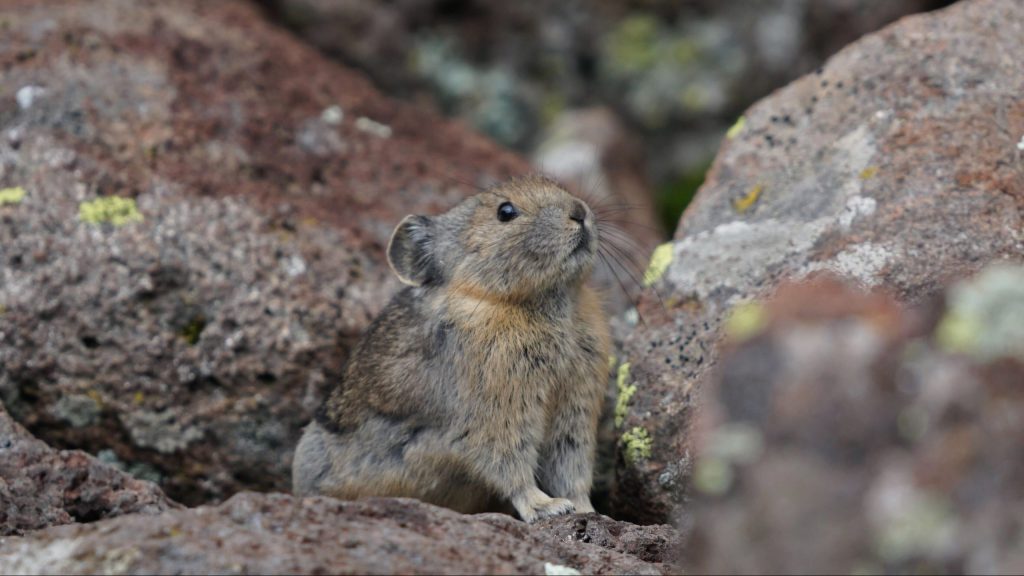CEDAR CITY — High in the Tushar Mountains, with a stunning view of the lake and rolling hills below, wildlife technicians make their way to a talus field — a sloping mass of broken rocks.
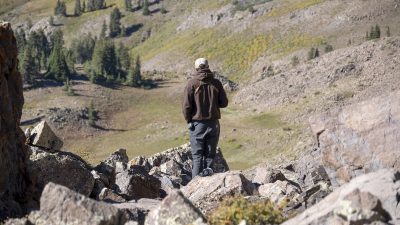
Allie Chipman navigates the stony incline, eyes peeled. Danny Ostrander stays down below for now, observing the area, alternating between his camera and binoculars. Both technicians work for the Utah Division of Wildlife Resources.
Their heads snap in the same direction when they hear its characteristic squeaking — the attitudinal “eep! eep!” it’s known for. As expected, American pikas live here.
The mammals are often mistaken for rodents with mouse-like ears and small, round bodies. Known colloquially as rock rabbits or whistling hares, the lagomorphs are more closely related to bunnies.
These agile critters live in harsh, high-elevation habitats, making their homes on sparse talus slopes. In Southern Utah, they’re often found in fields of lava rock, like those near Brian Head.

“I like pika because they’re cute,” Chipman said. “They live in cool areas, but they’re also really tough and impressive animals, and I respect them a lot.”
Surveying pika
The division surveys pika populations every six years, focusing on occupancy, DWR wildlife biologist Danielle Finlayson told Cedar City News.
“We don’t even get an actual population count,” she said. “It’s more about occupancy. So we have a bunch of sites that were randomly selected around the state and survey each one of those points, and basically, it’s, ‘Are they occupied or are they not?”

Each survey is about one and a half hours long — two 30-minute surveys and a half-hour break. Biologists and wildlife technicians look for pika signs, such as their peppercorn-shaped scat.
They search areas with lichen-covered rocks, as they haven’t moved in a while and appear more stable — a safe place for a small mammal.
“You don’t want to live in a house that’s about to crumble at any moment,” Chipman said. “Pika tend to like the big rocks that are steady.”
Another sign that pika live or have lived in the area is bleached stone, indicating they’ve urinated in the same spot repeatedly, Chipman said.

Because pikas don’t hibernate, they collect vegetation and let it dry to eat throughout the winter as they hunker down beneath the snow, Chipman explained as she observed a particularly large hay pile.
“They spend hours and hours throughout the entire summer collecting flowers and grasses and stuff like that,” Finlayson said. “And … there’s some of the cutest videos where they just have a mouth stuffed with flowers, and they’ll be just running along the rocks going back their hay piles.
Pikas are known to store plants with high concentrations of toxic chemicals, which act as natural preservatives, allowing their food stash to last longer, according to the Center for Biological Diversity.

For juveniles, it can be challenging to collect enough food for winter, especially for those born in late spring to early summer, as they have less time to do so, Ostrander said.
Pikas blend in with the talus and are difficult to see, even when they’re nearby and out in the open, Finlayson said. Even those trained to spot them often overlook stealthy rock rabbits.
“Danny was telling me on one of the surveys — so it was Allie’s turn to actually do the survey — he was just sitting and waiting,” she recalled. “And he’s got a video where he zooms in on Allie, and she’s just kind of staring off, and then he pans over, and it’s like a pika right there — she doesn’t even notice.”
Pikas are often heard before they’re seen, squeaking and chirping to call for a mate or defend their territories, and often, others respond in kind, Finlayson said.
“That’s about as friendly as they get,” she said.
While pika are not particularly social mammals, typically living in their own space in a larger colony, they can be somewhat neighborly, Ostrander said. If a predator, such as a hawk, flies overhead, they will sound warning calls.
Supporting pika

Development isn’t much of a threat to the species due to their preference for harsh, alpine environments, Chipman said. However, pikas are considered an indicator species due to their temperature sensitivity.
“They’re almost like a base for climate change,” Chipman said. “If there’s any change in the climate, pika are going to react first. So that’s why the state right now is looking at general pika populations.”
“People are concerned about them with warmer temperatures because they’re tough — except when it comes to temperature, and then they become very wimpy.”
The Center for Biological Diversity describes climate change as pikas’ “gravest threat,” not only from the risk that high temperatures bring, but also due to projected “increases in droughts and floods, reduced snowpack leading to ‘false spring’ conditions, and earlier seasonal runoff” that could impact alpine vegetation.

Because rock rabbits rely on snow to insulate their winter homes and keep them at a comfortable temperature, reduced snowpack could cause them to freeze to death.
Pika populations in Nevada’s Great Basin range, Southern Oregon and California’s Sierra Nevada range have seen recent losses, with the animals moving to higher elevation habitats, the center states.
“In the Great Basin, average elevations of pika populations have risen as much as 900 feet (275 meters) in recent decades, lower elevation sites have been lost, and nine of 25 historic pika populations have recently been extirpated,” according to the nonprofit.
Still, Finlayson said the division hasn’t observed negative climate impacts on Utah’s pika populations, and if it does, it’ll begin monitoring pikas more frequently.

“There’s potential (pika) could become a species of concern in the future, but right now, they’re doing pretty well,” she said.
To support the species, Finlayson suggests Southern Utahns learn more and share information with others.
“A lot of people don’t even know what a pika is,” she said. “So I think one of the biggest things with wildlife is people don’t care about what they don’t know about. And so just spread the word that ‘Hey, these are cool little creatures and like, look for them and care about them.'”
Finlayson also encouraged locals to share their pika sightings with her via email so they can be documented, supporting the state’s efforts to monitor the species.
Photo Gallery
A pika perches on a rock in the Tushar Mountains, Utah, Sept. 19, 2023 | Photo courtesy of Danny Ostrander, Cedar City News A pika perches on a rock in the Tushar Mountains, Utah, Sept. 19, 2023 | Photo by Alysha Lundgren, Cedar City News A pika perches on a rock in the near Brian Head, Utah, Sept. 26, 2023 | Photo by Alysha Lundgren, Cedar City News A pika perches on a rock in the near Brian Head, Utah, Sept. 26, 2023 | Photo by Alysha Lundgren, Cedar City News A pika perches on a rock in the near Brian Head, Utah, Sept. 26, 2023 | Photo by Alysha Lundgren, Cedar City News Danny Ostrander looks for pikas in the Tushar Mountains, Utah, Sept. 19, 2023 | Photo by Alysha Lundgren, Cedar City News Allie Chipman navigates talus in the Tushar Mountains, Utah, Sept. 19, 2023 | Photo by Alysha Lundgren, Cedar City News Danny Ostrander looks for pikas in the Tushar Mountains, Utah, Sept. 19, 2023 | Photo by Alysha Lundgren, Cedar City News A pika perches on a rock in the near Brian Head, Utah, Sept. 26, 2023 | Photo by Alysha Lundgren, Cedar City News Allie Chipman navigates talus in the Tushar Mountains, Utah, Sept. 19, 2023 | Photo by Alysha Lundgren, Cedar City News Allie Chipman observes a pika's hay pile in the Tushar Mountains, Utah, Sept. 19, 2023 | Photo by Alysha Lundgren, Cedar City News A pika perches on a rock in the Tushar Mountains, Utah, Sept. 19, 2023 | Photo by Alysha Lundgren, Cedar City News A pika perches on a rock in the near Brian Head, Utah, Sept. 26, 2023 | Photo by Alysha Lundgren, Cedar City News A pika collects food for its hay pile near Brian Head, Utah, Sept. 26, 2023 | Photo by Alysha Lundgren, Cedar City News A pika perches on a rock in the near Brian Head, Utah, Sept. 26, 2023 | Photo by Alysha Lundgren, Cedar City News

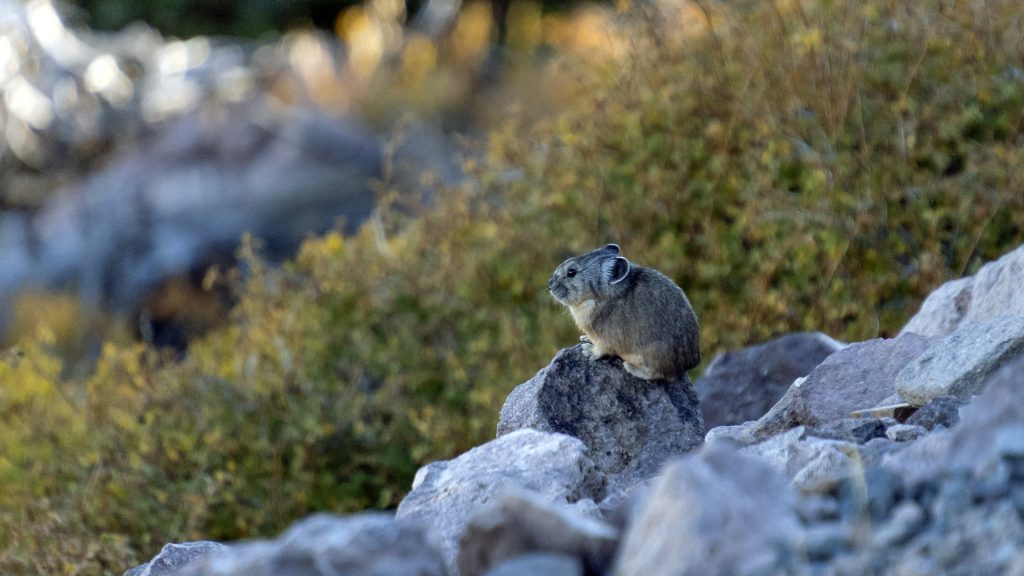


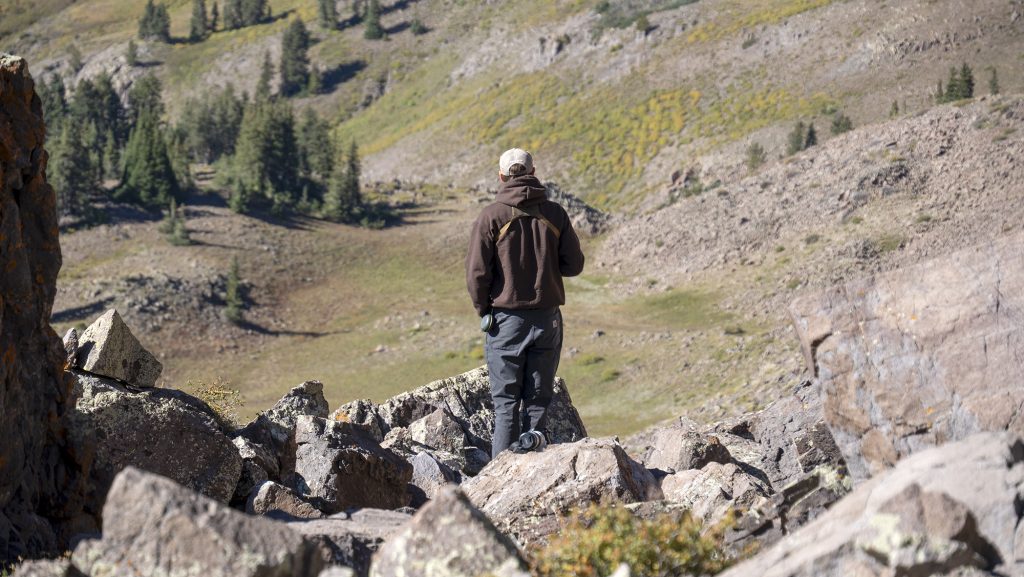


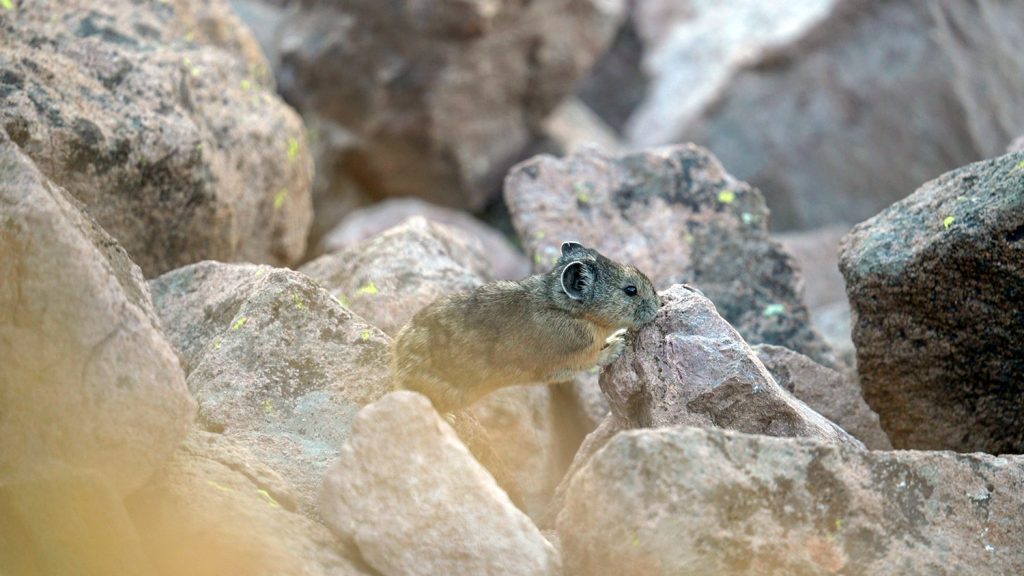



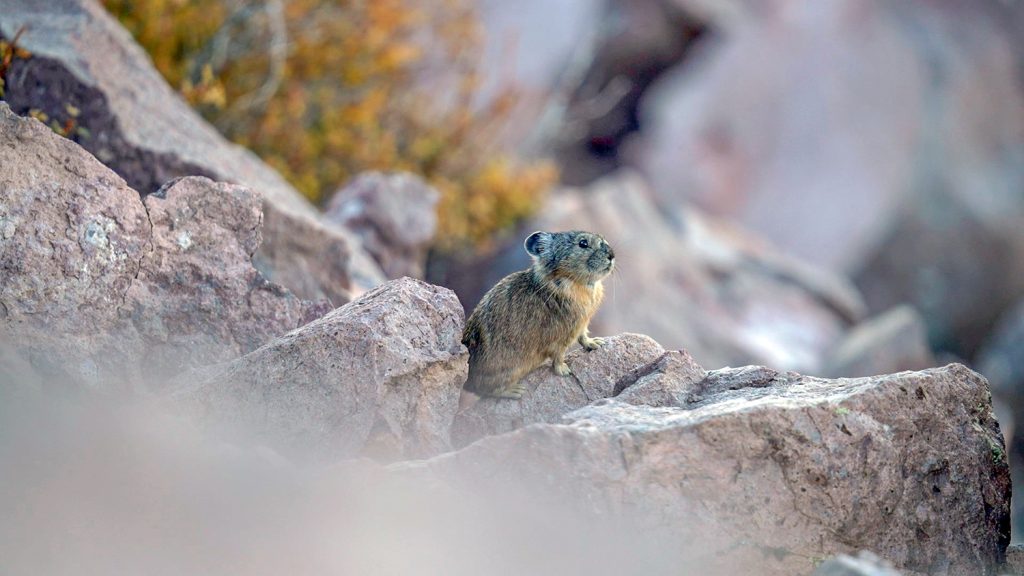

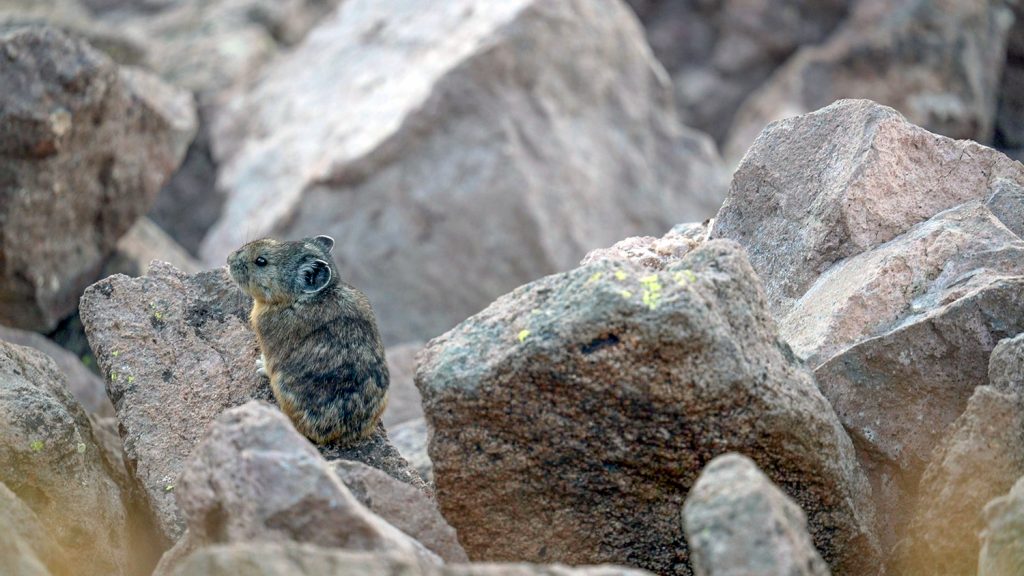
Copyright St. George News, SaintGeorgeUtah.com LLC, 2023, all rights reserved.

